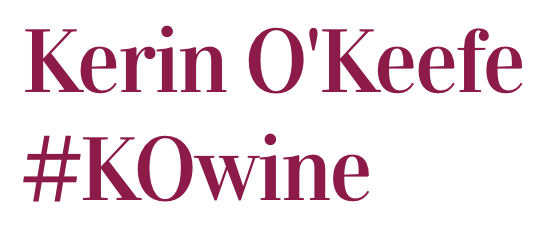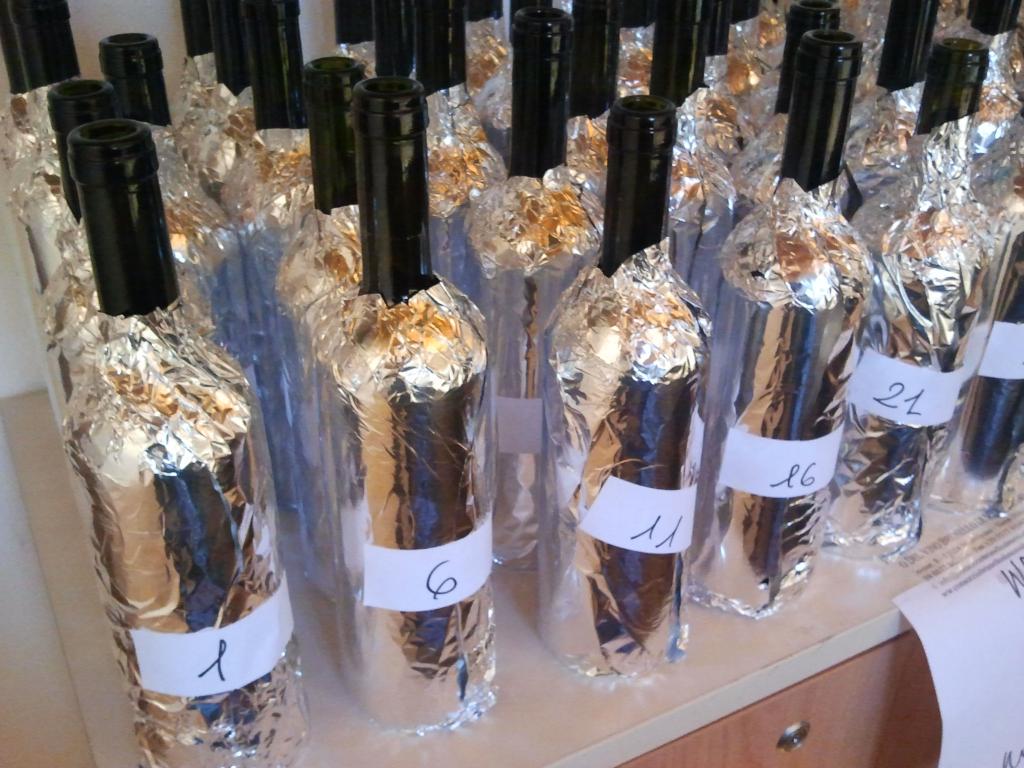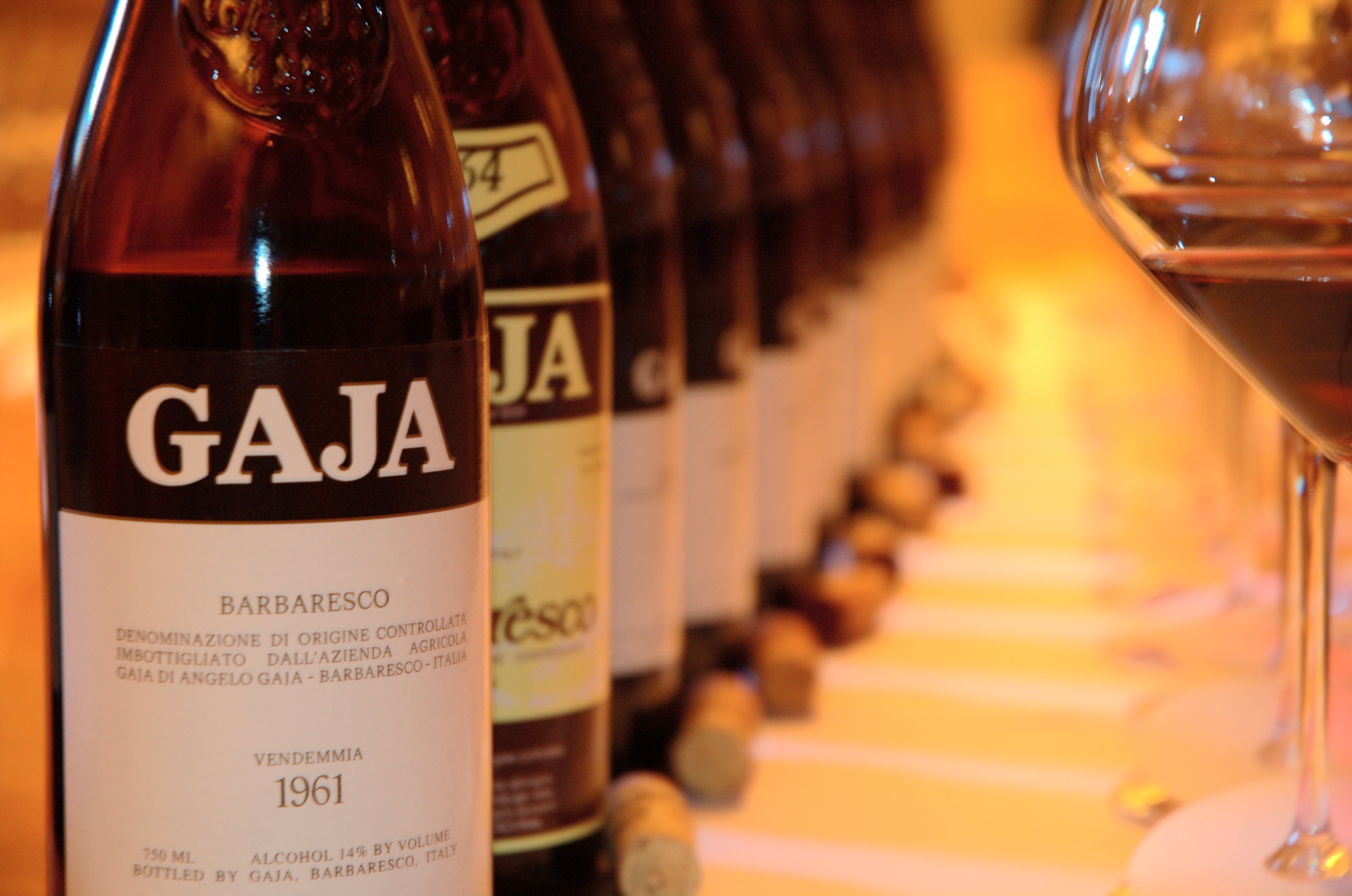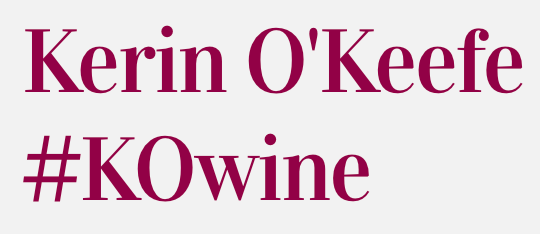December 21, 2018 • Articles • Italiano
Vini italiani: i miei top 30 del 2018
Un’annata di assaggi sicuramente molto gratificante, i grandi rossi italiani hanno dimostrato tutto il loro potenziale suscitando...
February 7, 2013 • Articles
Q & A with Gaia Gaja
Gaia Gaja oversees the day-to-day running of her family’s prestigious 154-year old estate in Piedmont. Are you adjusting your...
April 1, 2007 • Articles
Gaja Barbaresco over four decades: 1961-2003
Angelo Gaja, one of Italy’s most charismatic and successful winemakers, is credited not only with drawing Barbaresco out of obscurity...



